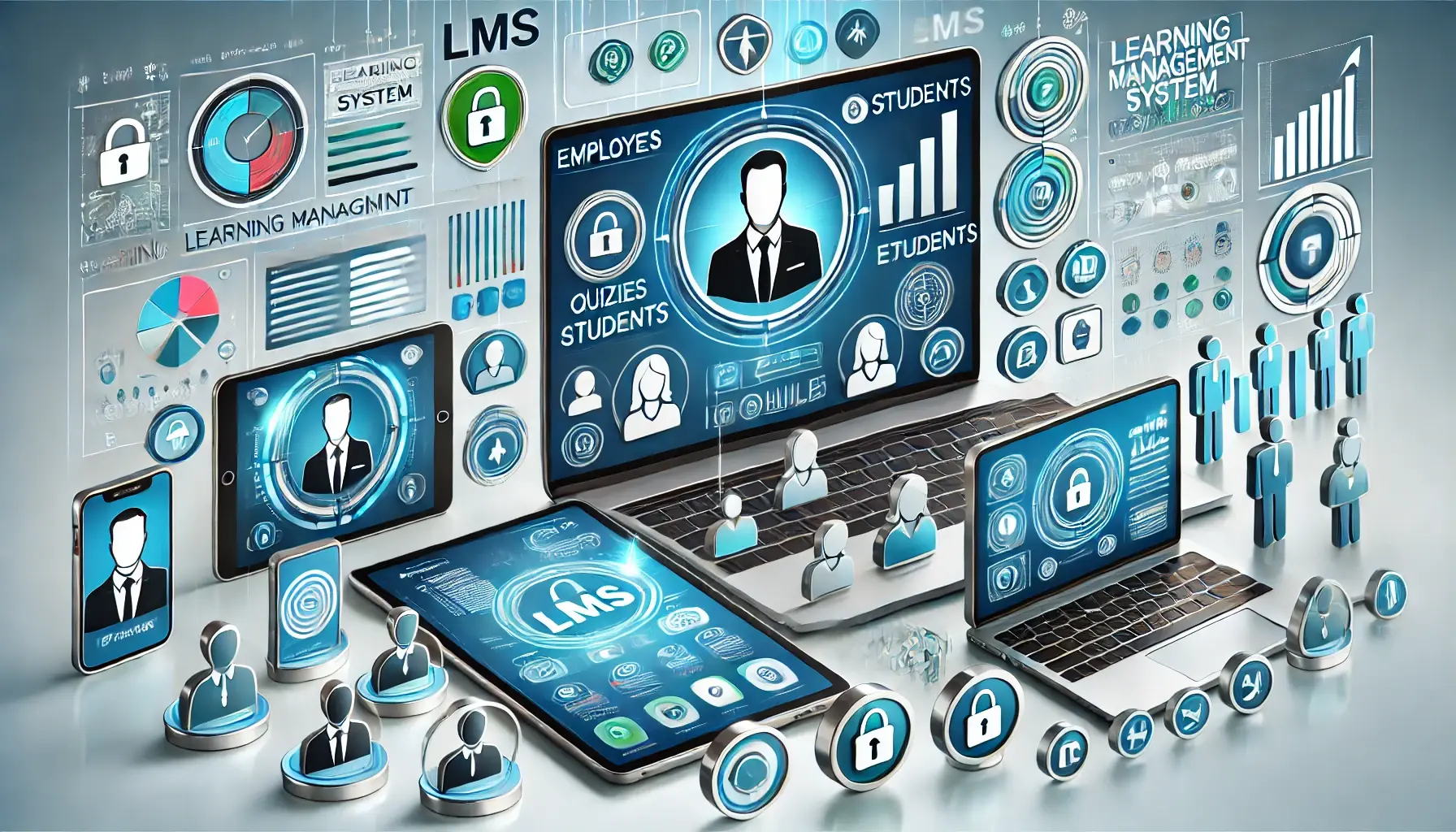
LMS (Learning Management System) has become an indispensable tool for businesses, educational institutions, and organizations aiming to streamline their learning processes. Whether you’re training employees or educating students, an LMS offers an efficient platform for content delivery, progress tracking, and skill development. However, like any powerful tool, its success depends on how well it’s implemented. Let’s explore some key precautions that should be taken to ensure the success of your LMS while enhancing the overall learning experience.
1. Understand Your Audience Before Implementation
The first and most critical precaution when implementing an LMS is understanding your audience. Not all learners are the same. Employees may have different learning preferences compared to students, and within those groups, individual needs vary widely. Conduct surveys or research to understand their technological proficiency, learning styles, and challenges. Failing to tailor the LMS to your specific users can lead to poor engagement, making the system more of a burden than a solution.
For example, if your target users are not tech-savvy, opting for an overly complex system might discourage them from using it. Ensure the user interface is intuitive and accessible to cater to diverse learning needs. By prioritizing your audience’s needs, the LMS becomes a tool that adds value rather than frustration.
2. Assess Scalability and Flexibility
Another crucial aspect to consider is the scalability of your LMS. As your organization grows or your training needs evolve, your LMS should grow with you. Choose a system that is not only customizable but also flexible enough to accommodate future expansions.
A poorly scalable system could result in excessive costs or inefficiency down the line. Start with a system that meets your current needs but can easily adapt to new features, courses, or user numbers as they grow. Having a forward-thinking mindset at the beginning of the implementation can save a lot of time and money in the future.
3. Ensure Data Security and Compliance
In today’s digital age, data privacy and security are non-negotiable. One of the most critical precautions when deploying an LMS is ensuring the security of learner data, including personal information, assessment results, and certifications. Whether you’re working in the corporate sector or education, compliance with data protection regulations, such as GDPR or CCPA, is essential.
Make sure your LMS provider offers secure data encryption and follows international security protocols. Additionally, set up internal policies to manage access controls and regularly update passwords and security systems. By putting these safeguards in place, you build trust with your users while protecting your organization from potential legal liabilities.
4. Create Engaging and Relevant Content
No matter how advanced your LMS is, it will only be as effective as the content it delivers. A common pitfall organizations face is loading the platform with generic, outdated material that doesn’t engage learners. This is why it’s crucial to create or curate high-quality, relevant content that resonates with your audience.
Your content should be interactive, visually appealing, and tailored to the specific needs and goals of the learners. The more engaging the content, the higher the chances of successful knowledge retention and application. Include multimedia elements such as videos, quizzes, and real-world simulations to make the learning experience dynamic and impactful.
5. Offer Continuous Support and Training
Implementing an LMS doesn’t end at the launch phase. Continuous support and training are essential to keep your users engaged and to help them make the most of the system. Provide training sessions, tutorials, and a helpdesk to guide new users. Also, foster a culture of continuous learning, where feedback is encouraged, and updates to the LMS are made based on user input.
Your LMS should be an evolving tool, not a static product. Regularly update it with new features, content, and functionalities to stay aligned with your organization’s and learners’ needs. This creates a sustainable and successful long-term solution for your training or educational goals.


Why Design Your LMS with Sysartx?
At Sysartx, we specialize in designing LMS platforms that are tailored to your organization’s specific needs. Our solutions are built with scalability, flexibility, and user-friendliness in mind. With cutting-edge security measures and a focus on intuitive user experience, our LMS platforms ensure a seamless learning process while safeguarding sensitive data.
We pride ourselves on delivering systems that grow with your business, providing ongoing support to keep the system up-to-date and your users engaged. When you partner with us, you’re not just buying a product you’re investing in a solution that enhances the way your organization learns, grows, and thrives.


